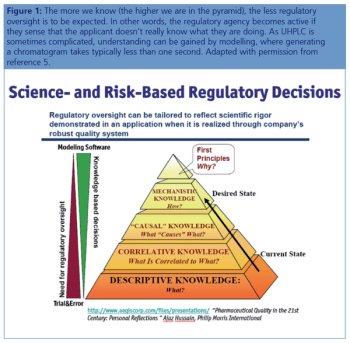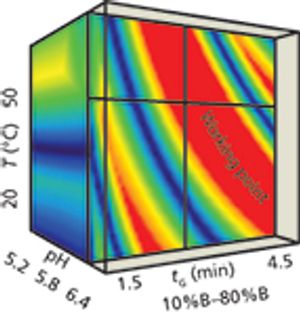High performance liquid chromatography (HPLC) methods are used today to control the quality of many chemical and pharmaceutical products. The methods are usually developed by optimizing the properties of the mobile phase with a specific column. However, if the original column is no longer in production, the result will often change when a different column is used. In this case, we were interested in finding one or two equivalent columns that can replace the original column without changes in selectivity and robustness. This study demonstrates a new way to compare columns and select suitable replacement columns. The presented method will also allow the evaluation of different columns with the same method, as well as the evaluation of the robustness of the common method with different columns.
















